This article was co-authored by wikiHow staff writer, Luke Smith, MFA. Luke Smith is a wikiHow Staff Writer. He's worked for literary agents, publishing houses, and with many authors, and his writing has been featured in a number of literary magazines. Now, Luke writes for the content team at wikiHow and hopes to help readers expand both their skillsets and the bounds of their curiosity. Luke earned his MFA from the University of Montana.
There are 13 references cited in this article, which can be found at the bottom of the page.
This article has been viewed 4,341 times.
Learn more...
You’re dying to know your baby’s sex, and you just can’t wait any longer for an ultrasound. What about the ring test? What is it? Does it work? There are a number of old wives tales and superstitions that claim to be able to predict the gender of your baby, and we’re here to help you sort the reliable from the less-than-accurate. We’ll show you how to do the ring test and other fun myths (and let you in on if they really work), plus some more accurate ways to tell the sex of your baby.
Things You Should Know
- Perform the ring test by dangling a wedding band over your belly—if it swings back and forth, it’s said you’ll have a boy. If it swings in circles, you’ll have a girl.
- Keep in mind that the ring test is only a myth, and doesn’t provide scientifically accurate results, but is a fun old wives’ tale for you and your family to try.
- Visit a medical professional to have an ultrasound or an NIPT (Non-Invasive Prenatal Test), which are more accurate ways to determine a baby's sex.
Steps
How do you perform the ring test?
-
1Loop a length of string through a wedding ring. This test is often done with the woman’s wedding ring, and if you’re unmarried, the ring doesn’t have to be a wedding band—any ring that belongs to the participant will do. You might also use yarn, thread, or even a strand of hair instead of string.[1] Make the loop long enough for the wedding band to dangle over your stomach.
- Many people also use a sewing needle instead of a wedding ring, with the string threaded through the needle’s eye (the test is done in the same way with a needle as with a ring).
-
2Hold the string and wedding ring (or needle) over your belly. Lay flat on your back and let the ring dangle so that the string is taut. Wait for a moment, and observe how the band moves.[2]
- Note that you don’t have to be pregnant to try this test! It’s a fun activity for anyone who plans to have kids.
Advertisement -
3Expect a girl if the ring makes circles, or a boy if it swings back & forth. Some say the motion of the ring as it hangs over your stomach tells you if you’re having a boy or a girl.[3] Others say the reverse is true–that if the ring moves from side to side, you’re having a girl, and vice versa.[4] Opinions differ, so remember: it’s only a myth!
- Another version of the myth swings the ring over your hand.[5] This variation claims that each swing of the ring predicts another baby you’ll have, as well as that baby’s sex, and the test is only over when the ring stops swinging.
Other Myths
-
1The pregnancy bump test Some say that you can tell a baby’s sex by how the pregnancy “carries.” If the fetus is high in the belly, they say it’s a girl, and low in the belly means it’s a boy. Others say horizontal protrusions indicate a girl, and protruding more outward means it’s a boy.[8] Both of these are only hearsay, and shouldn’t be relied on to give an accurate indication of a fetus’ sex. Still, it doesn’t hurt to speculate.
-
2The heartbeat test One of the most common pregnancy myths that you can tell the sex based on the baby’s heartbeat. If the fetal heart rate is less than 140 bpm, then it’s a boy, right? Not quite. It’s true that a girl’s heart rate is often faster than a boy’s, but that’s only after the onset of labor, and there’s no significant difference at every other moment of pregnancy.[9]
-
3The cravings test There's a myth that cravings during pregnancy can predict the baby’s sex. If you crave sweets, some might say you’ll have a girl. Craving salt? That’s an indicator of a male baby.[10] Pregnant people crave all sorts of things for a number of reasons, but these have more to do with the fetus’ own growth, and perhaps even the cultural environment of the parent, than the baby’s sex.[11]
-
4The morning sickness test Another old wives' tale claims that morning sickness can indicate a baby's sex. While probably not the most accurate test, the jury’s still out on this one. There could be some correlation between more intense and frequent instances of morning sickness indicating a female baby, but the research can’t say for certain just yet.[12]
Accurate Tests
-
1Ultrasounds When performed by a professional in an appropriate environment, ultrasounds are incredibly accurate, and have a very low chance of getting the sex of a baby wrong.[13] Ultrasounds are typically performed at 18-20 weeks during a pregnancy, but may be performed earlier depending on the condition of the pregnant person.[14] If you’re curious about you’re baby’s gender, consider getting an ultrasound.
-
2NIPTs Non-invasive prenatal testing uses a small amount of blood from the pregnant person to analyze a fetus’ DNA. Though more commonly used to test for chromosomal abnormalities and other conditions, NIPTs can also accurately indicate the sex of an unborn baby.[15]
- CVS and amino tests are 2 additional, accurate tests for your baby’s sex, however these tests are invasive and not typically done for sex prediction, primarily, and aren’t recommended over ultrasounds or NIPTs.[16]
References
- ↑ https://easydna.co.uk/knowledge-base/baby-gender-old-wives-tales/
- ↑ https://easydna.co.uk/knowledge-base/baby-gender-old-wives-tales/
- ↑ https://www.romper.com/p/i-tried-old-wives-tales-to-predict-babys-gender-this-is-what-happened-413
- ↑ https://utswmed.org/medblog/gender-prediction/
- ↑ https://www.unitypoint.org/cedarrapids/infants-article.aspx?id=780967d6-a35a-4a13-9a8b-02bed57aa2db&title=Old+Wives+Tales+Gender+Predictions
- ↑ https://utswmed.org/medblog/gender-prediction/
- ↑ https://www.cbsd.org/site/handlers/filedownload.ashx?moduleinstanceid=80555&dataid=143557&FileName=Ideometer%20Effect_Magic%20Beads%20Follow%20up.pdf
- ↑ https://www.familyeducation.com/pregnancy/the-most-popular-gender-predicting-old-wives-tales-of-all-time
- ↑ https://www.hopkinsallchildrens.org/Patients-Families/Health-Library/HealthDocNew/Old-Wives-Tales
- ↑ https://easydna.co.uk/knowledge-base/baby-gender-old-wives-tales/
- ↑ https://www.ncbi.nlm.nih.gov/pmc/articles/PMC4172095/
- ↑ https://pubmed.ncbi.nlm.nih.gov/33098451/
- ↑ https://www.ncbi.nlm.nih.gov/pmc/articles/PMC3530251/
- ↑ https://www.marchofdimes.org/pregnancy/ultrasound-during-pregnancy.aspx
- ↑ https://pubmed.ncbi.nlm.nih.gov/29553638/
- ↑ https://www.cdc.gov/mmwr/preview/mmwrhtml/00038393.htm
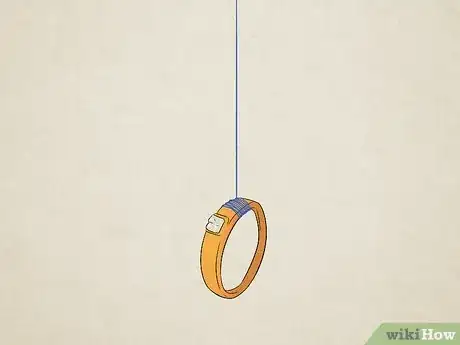
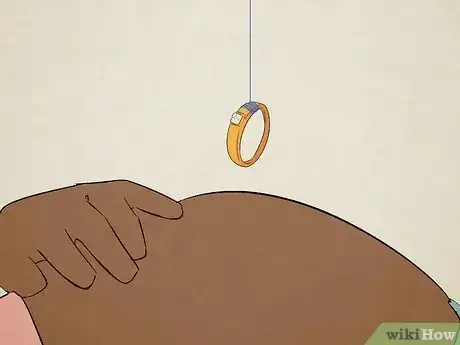

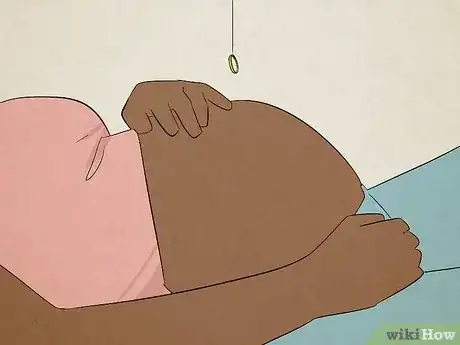







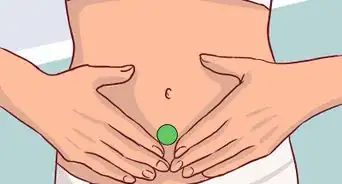




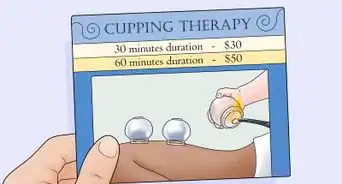













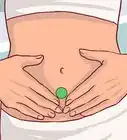





































Medical Disclaimer
The content of this article is not intended to be a substitute for professional medical advice, examination, diagnosis, or treatment. You should always contact your doctor or other qualified healthcare professional before starting, changing, or stopping any kind of health treatment.
Read More...